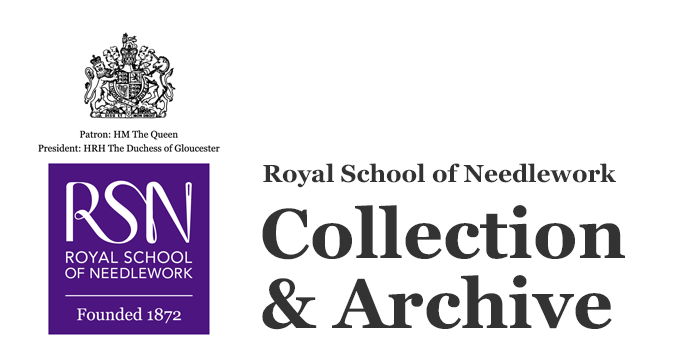Jacket
Object name
Date made
1860s-1870s
Place made
Description
Circa 1860s-1870s tambour work dolman with floral imagery and decorated toggles.
Content description
Collarless tambour work women's jacket (dolman) shaped like a wide cape with long, wide sleeves, made in the 1860s or 1870s. The jacket is loose to accommodate for the crinolines and bustles popular in European and American women's fashion of the period. The sleeves are bell-shaped, typical of women's dress in 1860s and first years of the 1870s. It is made of cream buff silk with a cream silk satin interior. It is embroidered down the centre front, along the neck, and along all of the borders with pink, red, purple, and blue flowers and green leaves. Some of the flowers can be identified as roses. Some flowers have centres of silver passing threads. The embroidery is worked on linen which has been cut out and sewn onto the buff silk.
The bottom edges of the jacket are adorned with tassels of alternating colours of green, terracotta orange, red, cream, and royal blue. Barrel-shaped toggles follow the edges of the jacket, similar in style to that of a duffel coat. They are wrapped in silk thread in cream, red, green, and blue to match the jacket embroidery. The toggles can be used to close the jacket together using long loops of twisted silk thread cords, each of which is knotted in the middle.
This unusual garment combines Ottoman-style embroidery with European fashion. It is difficult to ascertain how this object came to be; perhaps it was made somewhere in the Ottoman Empire for the European export market or, more likely, someone cut up a piece of Ottoman embroidery and sewed it onto a plain jacket. This is suggested by the fact that the embroidery has been seamed together in some spots. Though the embellished toggles remain a mystery, the cords and tassels are typically Victorian. This period saw decoration like tassels and passementerie grow in size and become increasingly popular on items of dress. The tambour embroidery seen on this jacket was made using a tambour hook. Tambour embroidery originated in India and was popularised in Britain and France in the 18th century. During the 19th century, machines were designed for the specific function of creating tambour-style work faster and with more detail.
The bottom edges of the jacket are adorned with tassels of alternating colours of green, terracotta orange, red, cream, and royal blue. Barrel-shaped toggles follow the edges of the jacket, similar in style to that of a duffel coat. They are wrapped in silk thread in cream, red, green, and blue to match the jacket embroidery. The toggles can be used to close the jacket together using long loops of twisted silk thread cords, each of which is knotted in the middle.
This unusual garment combines Ottoman-style embroidery with European fashion. It is difficult to ascertain how this object came to be; perhaps it was made somewhere in the Ottoman Empire for the European export market or, more likely, someone cut up a piece of Ottoman embroidery and sewed it onto a plain jacket. This is suggested by the fact that the embroidery has been seamed together in some spots. Though the embellished toggles remain a mystery, the cords and tassels are typically Victorian. This period saw decoration like tassels and passementerie grow in size and become increasingly popular on items of dress. The tambour embroidery seen on this jacket was made using a tambour hook. Tambour embroidery originated in India and was popularised in Britain and France in the 18th century. During the 19th century, machines were designed for the specific function of creating tambour-style work faster and with more detail.
Dimensions
width: 104cm
length: 100cm
length: 100cm
Materials
Stitches
Techniques
Motifs
Catalogue number
COL.46
Other numbers
RSN 23
© Royal School of Needlework

